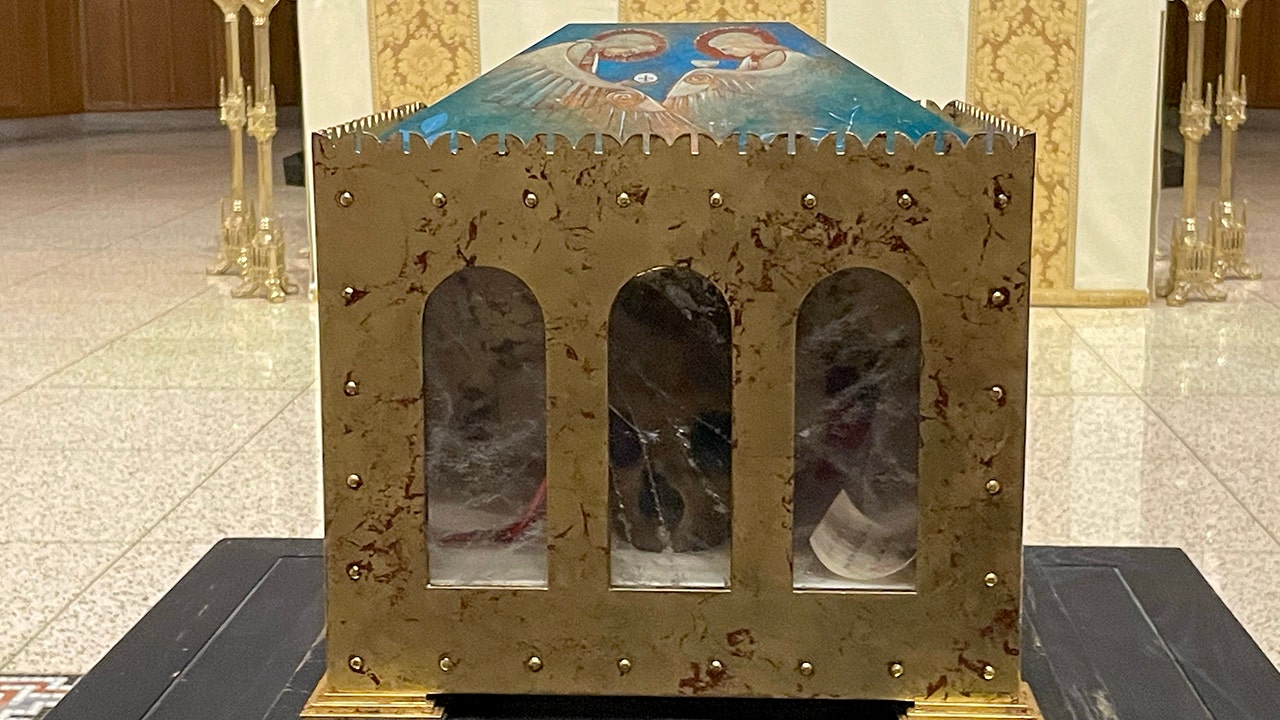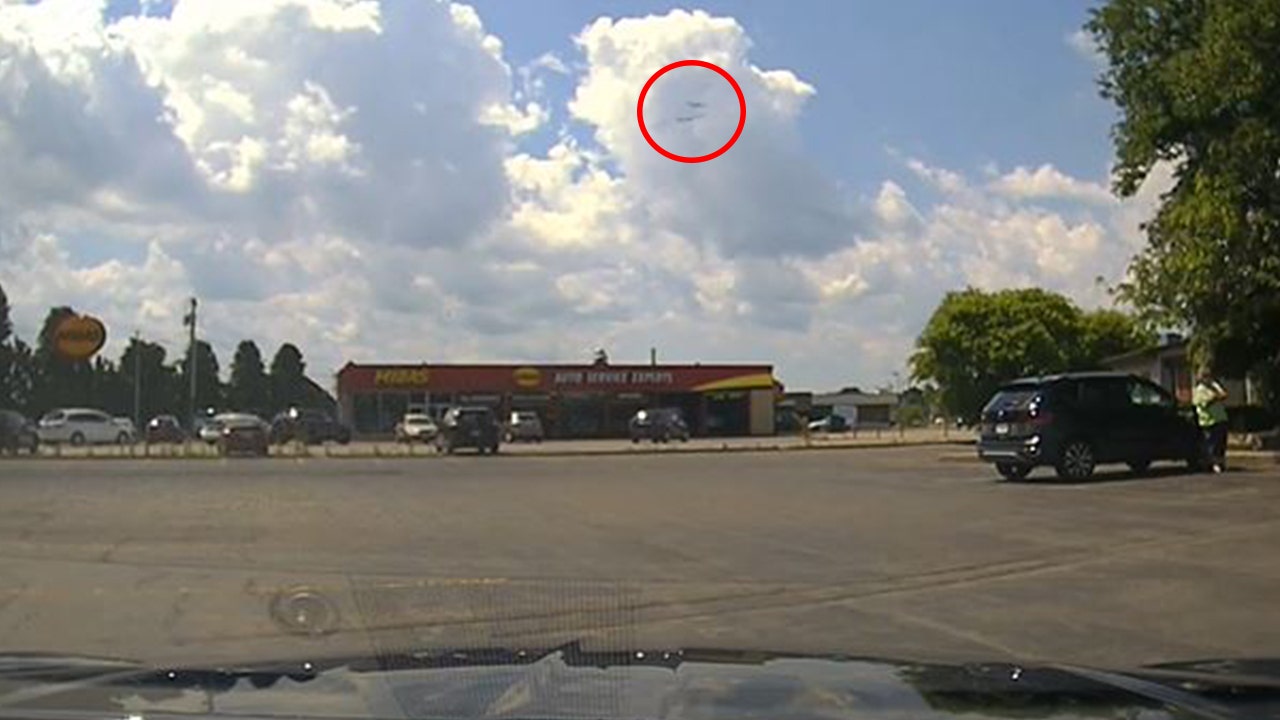Memphis. Atlanta. Birmingham. There are certain American cities that are known for Black history. But African American history and culture can, of course, be found across the United States, in seemingly unlikely cities, like Portland, Maine, say, or Providence, R.I.
Many of these places are included in the National Park Service’s Network to Freedom Program, which was created by the National Underground Railroad Network to Freedom Act of 1998 and whose mission is to preserve and promote sites with a verifiable connection to the Underground Railroad, a network of abolitionists who helped fugitive slaves escape to freedom. There are currently more than 700 Network to Freedom locations across 39 states, in addition to Washington, D.C., and the U.S. Virgin Islands. Many are in the Northeast, a region that is not always strongly associated with Black history.
Curiosity about these lesser-known destinations is how I found myself on the road to Auburn and Rochester, N.Y., the homes of two American heroes: Frederick Douglass and Harriet Tubman.
“Growing up in my house, my parents wanted me to understand that if people like Frederick Douglass could fight on behalf of freedom and on behalf of the ability to get an education, then I had no excuse,” said Malik D. Evans, the mayor of Rochester and a lifelong resident.
Mr. Evans mentioned Rochester sites like the no-longer-standing Corinthian Hall, where Douglass gave his fiery “What to the Slave is the Fourth of July?” speech in 1852, and Memorial A.M.E. Zion Church, where he edited The North Star, one of the most influential African American antislavery newspapers of the pre-Civil War era, in the basement.
“The message was: ‘Look at this man with no formal education who was one of the best orators of the 19th century,’” Mr. Evans said.
I kept some of Mr. Evans’s site recommendations in my back pocket as I headed out on a Douglass-centered tour with Akwaaba Tours, a local nonprofit that offers Underground Railroad-focused tours (starting at $20 per person).
I met Norm Strothers, the tour guide, and his wife, Shirley, in the slush-covered parking lot of Memorial A.M.E. Zion Church. I was the only tour participant on that sunny, frigid, January day. I hopped into their S.U.V., and the couple gave me some background on the founders of Akwaaba Tours, David and Ruth Anderson, who also started the Blackstorytelling League of Rochester. The Strothers have been with both organizations for more than 15 years.
We pulled up to our first stop on the lightly trafficked South Avenue, the site of Douglass’s second home in Rochester, where he lived for 20 years before it was destroyed, likely by arson. The land is now home to the Anna Murray-Douglass Academy No. 12, a public magnet school decorated with a purple and teal mural that includes a portrait of Douglass.
I stomped through shin-deep snow to read a historical marker that described the former Douglass home as a welcoming place to all, including abolitionists and suffragists like Harriet Tubman and Susan B. Anthony. At an out-of-the-way location two miles from downtown Rochester, the house was an ideal place to shelter some 400 exhausted freedom-seekers on their harrowing journey to Canada.
Another vibrant mural celebrating Douglass awaited me on the walls of the Frederick Douglass Community Library, behind the school. From there, we walked to Lily Pond, where children were practicing hockey on the frozen surface. Mr. Strothers swept his arm wide and said that much of the area once belonged to Douglass, who was known to ice skate on the very same pond.
A five-minute walk away is the 150-acre Highland Park, site of the Frederick Douglass Monument and Memorial Plaza and an eight-foot-tall bronze statue of the bearded Douglass, hands outstretched, that was sculpted in the late 19th century by Stanley W. Edwards. It is thought to be the first public monument of an African American in the United States.
Then we headed to the hilly, 196-acre Mount Hope Cemetery, near the University of Rochester, where more than 370,000 people, including Douglass, Susan B. Anthony and Charles T. Lunsford, Rochester’s first licensed African American physician, are buried. Dedicated in 1838, the burial ground was never segregated, a rarity at the time. The sheer expanse of headstones, obelisks and temples is intimidating, but thankfully the nonprofit Frederick Douglass Family Initiative has placed signposts that lead visitors straight to the Douglass family plot, with Douglass’s grave and those of his wife, Anna Murray-Douglass; his daughter, Annie, who died at the age of 10; and his second wife, Helen Douglass.
Mr. Strothers brushed the snow off Douglass’s granite gravestone. Shivering in the sharp wind, I was struck by the fact that the oversize tablet that marked his grave was fitting for a man who left such an enormous legacy.
Harriet Tubman’s Auburn
Harriet Tubman, who escaped slavery to become a “conductor” of the Underground Railroad, is usually associated with the eastern shore of Maryland where she was enslaved, and Philadelphia, where she escaped for the first time in 1849 when she was around 27. But Auburn, on Owasco Lake, one of central New York’s Finger Lakes, was her home for more than 50 years, from 1859 until her death in 1913.
Auburn was settled in 1793 by John L. Hardenbergh, a veteran of the Revolutionary War, and his two indentured servants, Harry and Kate Freeman, credited with creating the Auburn neighborhood of New Guinea, a Black settlement that welcomed the newly free during the 19th century. By the mid-1800s, Auburn had become a hub for abolitionists.
From Philadelphia and New York, Tubman traveled to Maryland at least 13 times until 1860, taking escapees to St. Catherine in Ontario, Canada (where Tubman herself lived for eight years), to ensure they could not be recaptured under the Fugitive Slave Act of 1850. She discovered Auburn during one of these journeys in 1857.
The fierce community of abolitionists — including the senator and New York governor, William H. Seward, and his wife, Frances, who helped Tubman transport her railroad “passengers” and in 1859 sold her the seven acres of land and wood-frame home where she lived for more than 20 years — became her safe haven. In 1882, after a fire at the first home, Tubman’s second husband, Nelson Davis, built the still-standing two-story brick home where she lived with her extended family until her death in 1913.
If you’re not paying attention, you might miss the New York state historical marker on Auburn’s South Street that identifies Tubman’s home. Around 10 a.m. on a Saturday morning, I braked hard (a feat during a snowstorm), took a left and arrived at the Harriet Tubman National Historical Park, which includes a visitor center; the Tubman Home for the Aged, where Tubman cared for older Black residents; the restored Tubman barn; and the Harriet Tubman Residence.
When I arrived, Rev. Paul Gordon Carter, the site manager, was just starting a tour. He indicated a point on the timeline that extends along one wall of the visitor center — the moment when, as an enslaved 6-year-old child in Maryland, Tubman was viciously beaten by her mistress for eating a sugar cube. (She hid in a pig pen for five days in a failed attempt to avoid the beating.) Then he moved up the timeline to Tubman’s return to Maryland from Philadelphia on Christmas Eve of 1854 to rescue her three brothers before they were sold to another plantation. Together, they traveled more than 100 miles to freedom in Philadelphia.
After the historical recap, I spent a few minutes viewing the exhibits in the one-room space: images of Frederick Douglass’s newspaper, The North Star; maps of the Underground Railroad routes to Canada; and photos of Tubman and her family and friends on her Auburn property, which was expanded to 32 acres in 1896.
As our small group walked through the snow to the restored Tubman Home for the Aged, Reverend Carter said, “If we don’t tell our stories the way they should be told, they will become ‘his-stories’ and retold any way ‘he’ wants,” alluding to the way history has often been retold to favor the viewpoint of the oppressor.
At the wooden Tubman Home for the Aged, which originally opened in 1896 and, until the 1930s, hosted from six to 14 people at a time, it was easy to imagine the residents sitting in rocking chairs on the building’s long front porch, enjoying a sunny summer day. In 1953, the house was restored and tours were conducted by the national A.M.E. Zion Church, allowing visitors to view, among other things, Tubman’s Bible, sewing machine and a bed given to her by her brother.
The National Park Service plans to restore Tubman’s brick home in partnership with Harriet Tubman Home, the nonprofit established by the national A.M.E. Zion Church that owns and manages the property.
As I left the homestead, I noticed a QR code at the entrance telling me, “You found a lantern!” The code is part of the Harriet Tubman Lantern Trail, a collection of 11 sites that highlight Tubman’s life in Auburn. The sites include the Seward House Museum, the home of William Henry and Frances Steward, who hid those who escaped slavery in their basement; the NYS Equal Rights Heritage Center, where visitors are greeted by a powerful statue of Tubman holding a lantern in the midst of one of her harrowing rescue missions; and Fort Hill Cemetery, where Tubman is buried under an evergreen tree.
When I arrived at the Gothic-inspired gatehouse of the sprawling Fort Hill Cemetery, it quickly became apparent that it wouldn’t be easy to find Tubman’s grave. There are no signs directing visitors to her grave; she is just one of many souls buried there.
I drove a few feet and spotted an evergreen tree and dozens of footprints in the snow making their way toward what turned out to be Tubman’s grave. There was no epitaph on the simple granite headstone that stood between two small shrubs, just her name: Harriet Tubman Davis. Under a dusting of snow were sunflowers, potted plants, toys and, oddly, a business card placed under a stone.
I stood there for a while in silence and offered a prayer of thanks to Tubman and to all of my unknown ancestors who never saw a day of freedom in their lives.






